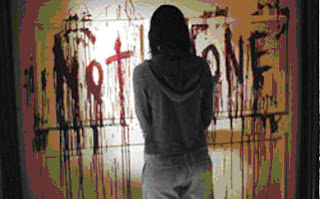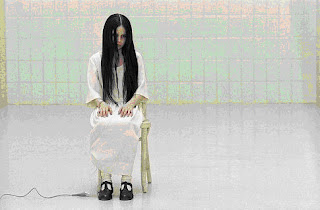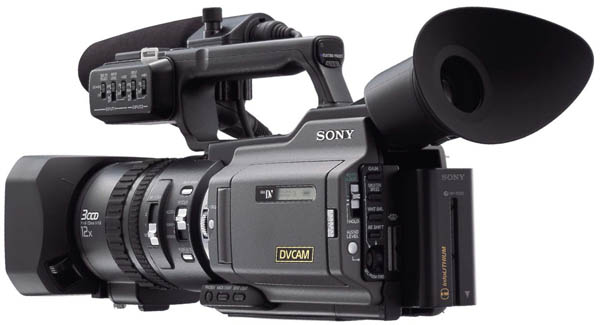In todays lesson, we were given some still pictures from different thriller films. We then had to decide what the denotations and connotations of each image were. This is what I decided:
SCREAM
DENOTATION: A person in a scary mask behind a window, dressed in black. A blonde woman looking through the window. Both are on phones and it looks as if one of them is holding a knife.
CONNOTATION: The fact that scream is dressed in black along with the darkness outside shows the fear. The knife symbolises death. The woman is blonde which conforms to the stereotype in thrillers where the typical stupid girl at the beginning of the movie always gets killed.
PSYCHO
DENOTATION: Naked girl in a shower who is soaking wet. She has a shocked facial expression.
CONNOTATION: She has seen something which scares her. Shower's can be dangerous. Her face shows impending danger and her vulnerability.
GOTHIKA
DENOTATION: Girl staring at blood on wall which reads 'Not One'. She has dark hair. We can't see her face.
CONNOTATION: The writing could say 'Not Alone', showing that someone is there and there is danger. The blood signifies death. Her scared body position shows something is going to happen. It is very mysterious but we know there is an importance in the writing.
FRIDAY 13TH
DENOTATION: blonde woman in black coat looking at another person in black coat across empty carpark. Something red in bottom corner.
CONNOTATION: Red signifies danger, and the black coats suggest something scary. The deserted car park shows noone can help.
THE EXORCIST
DENOTATION: There is a very pale ginger girl. Her eyes look dead and she has cuts all over her face. She is wearing an innoccent looking dress but there is blood all over it. She has horrible teeth. There is a black background.
CONNOTATION: Her face suggests she's dead/ possessed. She is smiling yet she's clearly hurt so this show's she dangerous. Her dress shows she was once an inoccent girl.
THE RING
DENOTATION: A girl sat on a chair in a room with tiles on the wall. Everything is white apart from her long black hair and black shoes. There is some kind of wire/plug at her feet.
CONNOTATION: The white suggests innocence/ purity which juxtaposes against her hair, making her look evil. Her concentrated face suggests she's ill.
OMEN
DENOTATION: there is a small boy in a suit in a graveyard with his hands on his hips. The suit is black and the gravestones are white.
CONNOTATION: His stance gives him confidence and power. The contrast of black and white show's him to be evil which juxtaposes against the white gravestones which signify purity.
IT
DENOTATION: There is a clown with fangs, and its mouth is open with its pointy teeth showing. It has green eyes and red hair. There is a black background.
CONNOTATION: The dominant colours of red and black signify darkness, death and danger. Its mouth is open as if it's ready to bite something.
HALLOWEEN
DENOTATION: There is a low angle shot looking up at a man with a mask who's holding a knife. He is on a staircase/ stair balcony.
CONNOTATION: The low angle shot gives him superiority showing his control and power.The knife show's danger and gives us the idea that he is in somebody elses house. The stair balcony acts as a barrier against him showing he is dangerous.
H20
DENOTATION: There man with a white face looking through a porthole at a women who is terrified. There is a dark blue background.
CONNOTATION: The blue baground and porthole suggests water and that they are on a boat. His skin compared to hers gives us the idea that he is dead.

















